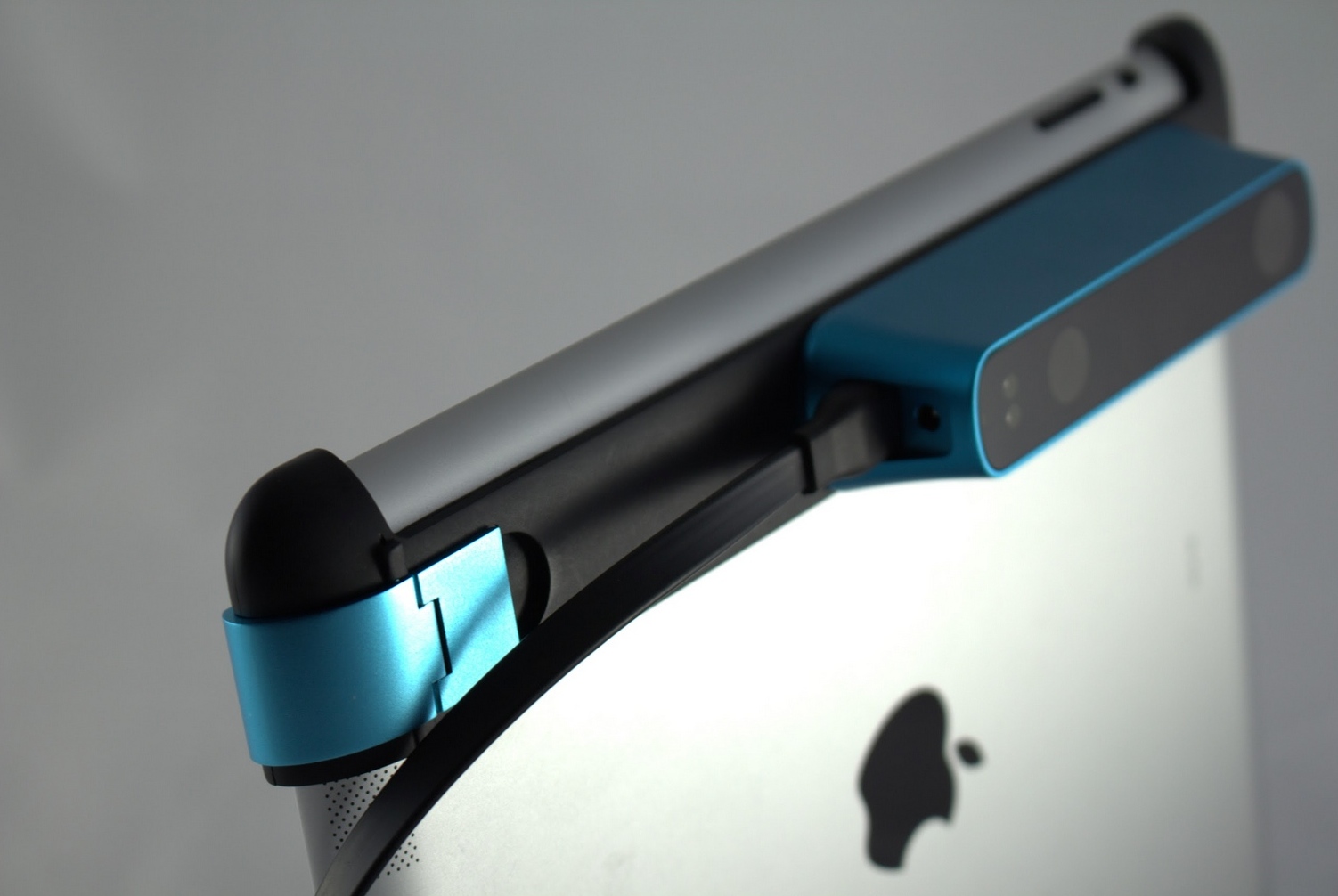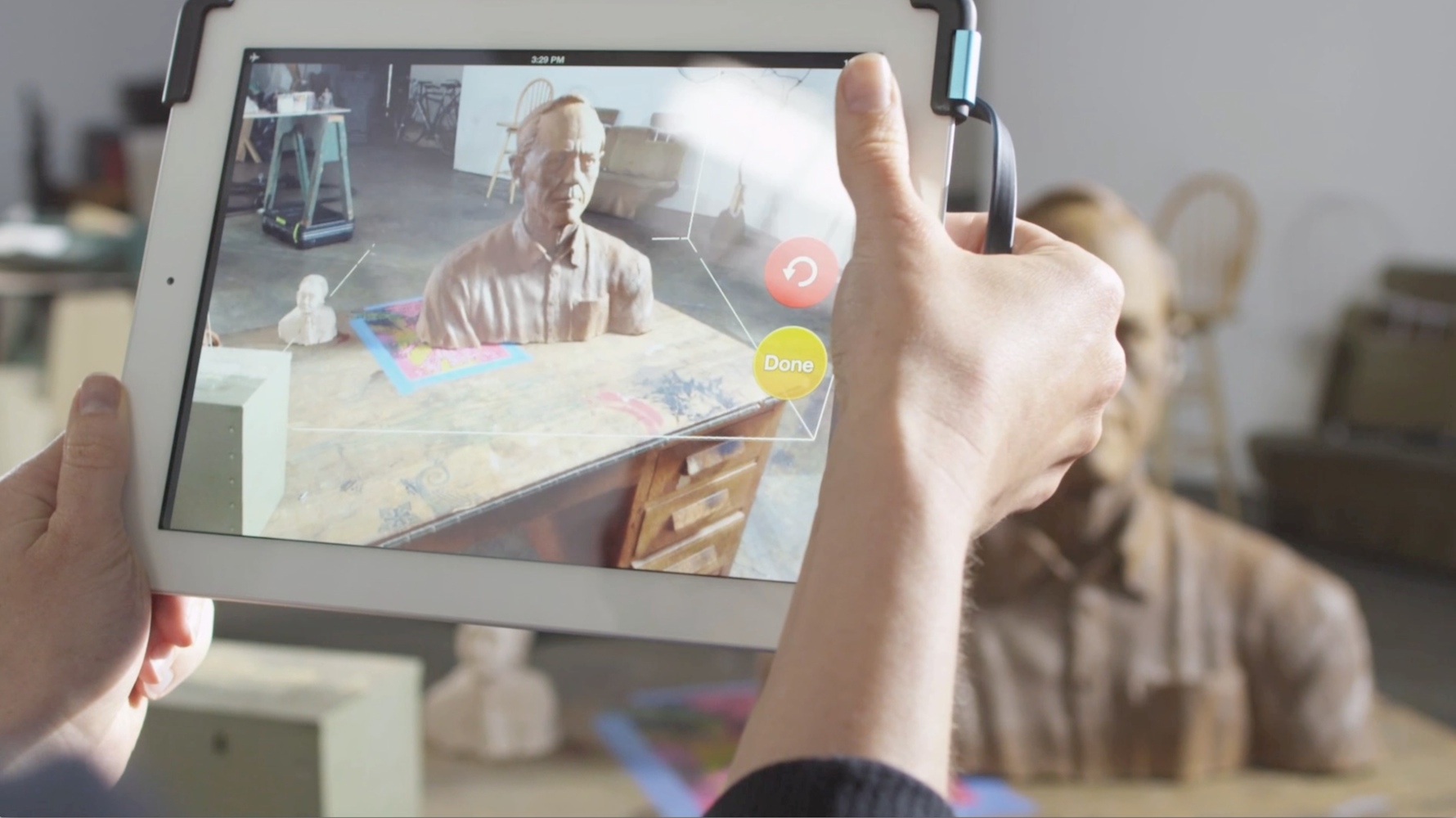
Latest News
September 27, 2013
Technology moves fast. Only a few years ago an average consumer had almost zero need for a 3D scanner, and those that were available weren’t priced for home use. As more 3D printers hit the market, the need for reasonably priced scanners has increased, with products like MakerBot’s Digitizer stepping up to fill the need.
While the Digitizer is certainly useful, I have the general impression that hobbyists would get more mileage out of a handheld scanner than a static model. It’s a matter of scale. Not everything will fit on the Digitizer’s turntable. Occipital has recognized the desire for flexibility of use, and has developed the Structure Sensor, a 3D scanning device that mounts on an iPad.
From the press release:
In November 2011, we conceived of the idea for the Structure Sensor after playing with a Microsoft Kinect 3D sensor plugged into a high-end desktop CPU. We mapped a small indoor environment using the sensor and some prototype software. After tripping over the Kinect’s cord a few times, we realized that needing a high-end desktop CPU meant that this amazing technology was never going to make its way to everyday life. So we set out to create the Structure Sensor, and with it, a new chapter for mobile computer vision.
The Structure Sensor’s specs are about what you’d expect for a hobbyist/small business scanner. It has a depth sensing range of 40 centimeters to 3.5 meters, a frame rate of 30-60 frames per second, a resolution of 640x480, and a precision of 1% of measured distance. The Structure Sensor has its own internal battery that allows for up to four hours of active use, so it won’t drain your iPad.
Any smart business will offer consumers multiple reasons to buy its product, and Occipital is no exception. Along with 3D scanning, the Structure Sensor has augmented reality (AR) potential. The company already has demo videos of users combining the Structure Sensor with AR apps that allow users to play fetch with an imaginary dog, and in combination with an Oculus Rift.
If you don’t happen to be a disciple of the iOS, you still have some hope of using the new device. Occipital offers an USB hacker cable that lets the Structure Sensor connect to Android, Windows, Linux and OS X operating systems via open source drivers.
Currently, the Structure Sensor is going for $359 to backers on Kickstarter. Even if that price doubles after launch (the project is already well over goal), Occipital will still offer the least expensive, mobile 3D scanner around.
Below you’ll find a video about the Structure Scanner.
Sources: Occipital, Kickstarter
Subscribe to our FREE magazine, FREE email newsletters or both!
Latest News
About the Author
John NewmanJohn Newman is a Digital Engineering contributor who focuses on 3D printing. Contact him via [email protected] and read his posts on Rapid Ready Technology.
Follow DE






